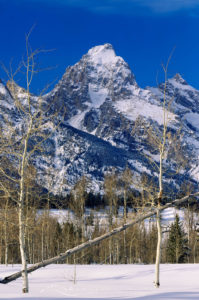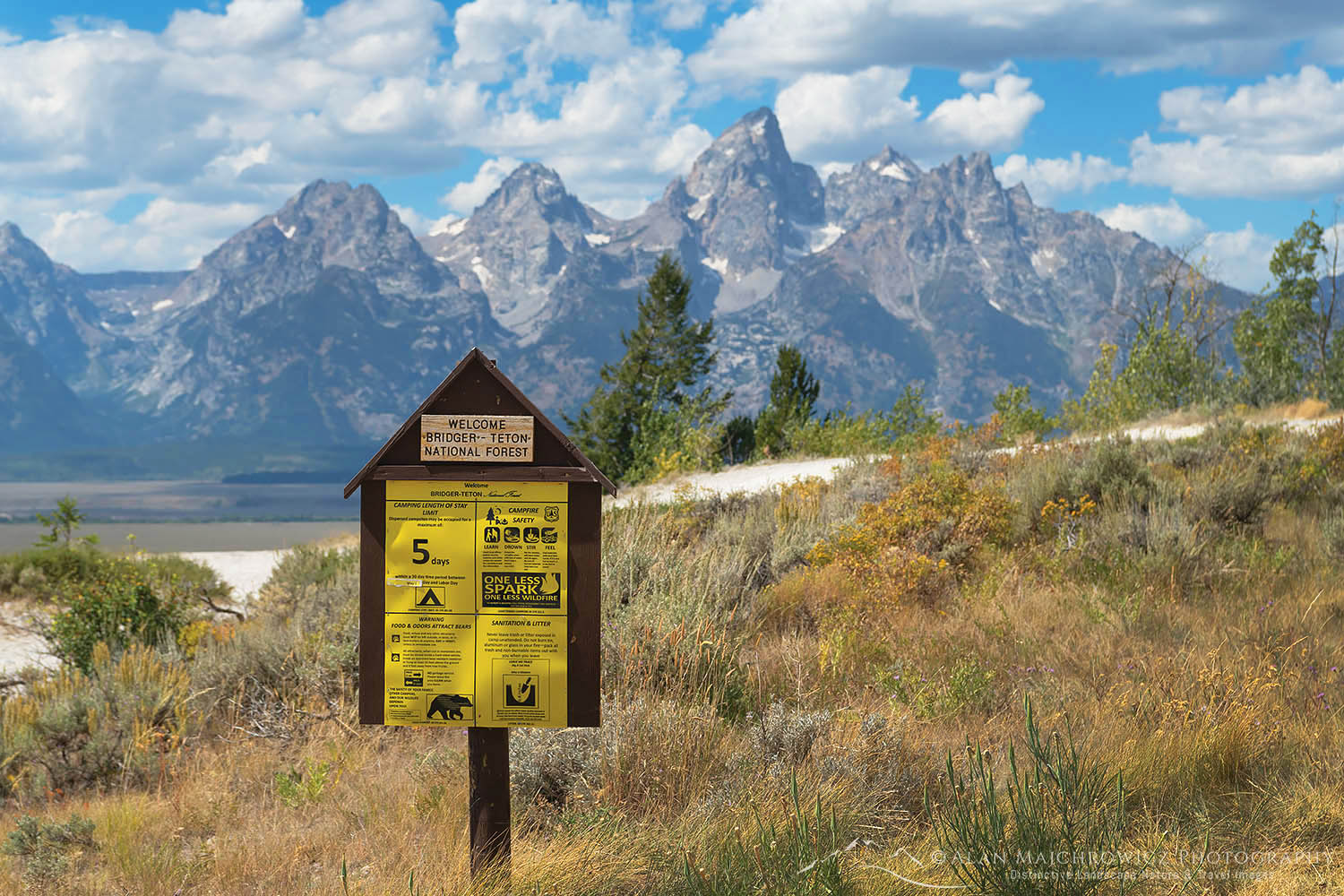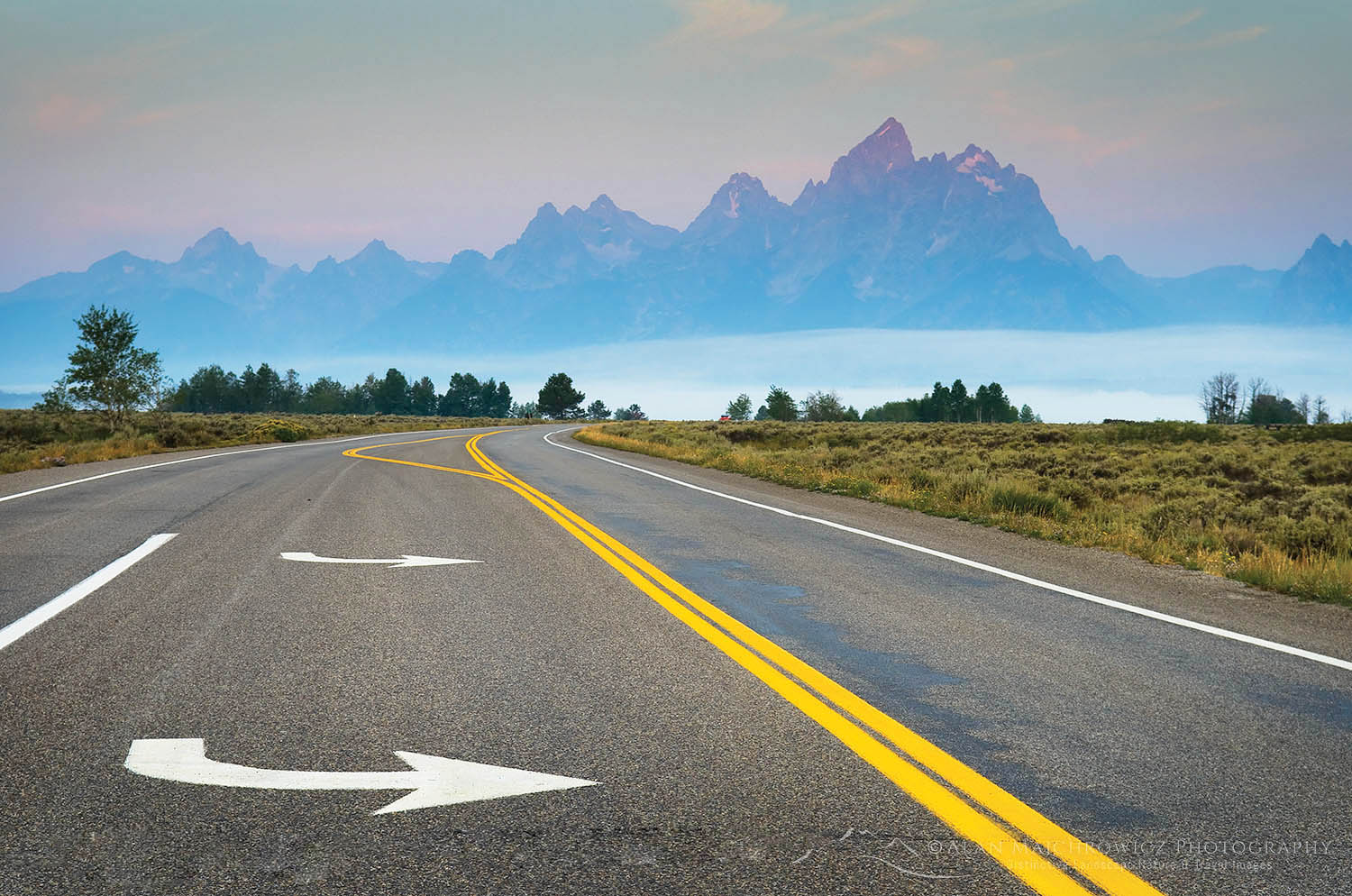Nearly every time I’m on location photographing, someone will approach me, and we start a conversation about photography. They often ask if I’m a professional landscape photographer. When I answer yes, they begin to ask the usual questions, such as “How do you sell your work?” and “It must be wonderful to travel all over and take beautiful photos.” My standard reply to their questions is that, yes, in many ways it truly is a dream job. But I quickly add that it also is a challenging way to earn a living.
 Shore Acres State Park, Oregon #68579or Purchase
Shore Acres State Park, Oregon #68579or Purchase
Being a professional landscape photographer selling fine art prints and licensing images for over 35 years, I have some honest truths to share. So, this post is for those interested in what it’s like or want to become a professional Landscape Photographer.
*Disclaimer: These are only my personal experiences and observations and mainly relate to the niche of being a landscape photographer. Most photographers will agree with some or all of the points I make below. However, every photographer has different experiences, approaches, skills, and resources available. So, this isn’t a one-size-fits-all scenario.
 Deep Lake Wind River Range #78671or Purchase
Deep Lake Wind River Range #78671or Purchase
So what is it like to be a landscape photographer?
A career in landscape photography can certainly sound like a glamorous dream job. But it isn’t for everyone and entails many aspects that most people don’t think of or willingly choose to ignore.
You will spend most of your time in the office, not the field. It’s easy to imagine a career of constant traveling and photographing in beautiful locations. But those gorgeous award-winning images don’t fly out of your camera and sell themselves. Besides editing and processing, you need to promote yourself, find clients (a lot of them), establish business relationships, and much more. And you must do this not just once, but over and over again, every day, and every year.
Being on location isn’t always a picnic. Creating great images requires planning, hard work, plenty of time, and often luck. The chances of getting those beautiful images you see on Instagram on a quick easy trip are rare. You’ll often need to backpack in, camp out, and stay put for days waiting for the right conditions, often in lousy weather while being tortured by plaques of mosquitos and flies. Winter landscape photography presents its own unique, difficult, and sometimes dangerous challenges. When not backpacking I always camp out in the back of my Toyota Tundra. Staying in a comfortable motel every night is usually impractical and too expensive.
Every trip isn’t successful. Thinking that every day you’re on location will be filled with gorgeous light and mind-boggling compositions is a recipe for disaster. It just doesn’t happen. I’ve been on trips lasting many weeks with only one or two instances of great, or decent light. Browsing through Instagram and following well-known photographers can be misleading. Those photographs only show their best images. And there’s no way of knowing how many days or return trips it took to make that image. There are certain locations I’ve returned to many times without coming away with any successful photos.
Pressure and stress are constant companions. On location, there is constant pressure to come back with great new marketable images. You’ve put a lot of time, money, and energy into getting to that special location. The last thing you want is to return home with nothing to show for your efforts. And of course, back in the office, there is the pressure to get those new images out to photo editors and art buyers, and somehow persuade them to use those photos, so you can pay the bills.
You’ll need to constantly add new images to your archives. You can only rely on marketing your existing images for only so long. Most art buyers and photo editors will want to see new and exciting images every year. Submitting the same images makes them believe you’re not committed to your business. They’ll eventually move on to other more productive photographers.
You are an independent freelance business owner. Do you enjoy looking for work, sending your resume out, and applying for jobs? Probably not, but you better because, as a freelancer, you’ll be doing it every day for the rest of your life. There is no such thing as a regular paycheck in this business. That photo editor or art buyer you just spent so much time convincing to use your image in a project? Well, you’ll have to do it again tomorrow, the next day, and the next day…
There is a lot of competition. In the past, you may have competed against several thousand other professionals. But digital imaging and social media have instantly made everyone good enough to be a professional photographer. Now you may be up against several million. And the number gets bigger every day.
You’ll need to wear a lot of hats. Unless you have a bottomless bank account you’ll need to become a DIY expert. That includes marketing, IT, web design and maintenance, SEO (Search Engine Optimization), business management, amateur meteorology, natural history, handyman, and more. All that is on top of becoming an expert in all the various photo editing and business apps you’ll need to use daily.
You most likely won’t get rich. Yes, there are exceptions to this. There are professional landscape photographers who do quite well. But in reality, they are few and far between. The ones at the top are usually very shrewd business people with exceptionally good marketing and sales skills. The days of big-budget assignment work and lucrative stock image sales are long gone. Meanwhile, the advent of AI imaging is certain to make things even more difficult for everyone.
 Zion Canyon in fall color #76602 Purchase
Zion Canyon in fall color #76602 Purchase
Benefits of being a Professional Landscape Photographer
You are doing something that you love for a living. Over the years, I’ve thought of other career paths I might have taken or doing things differently. But I honestly can’t think of anything I’d rather do, despite all its difficulties.
You get to visit and see amazing places and things. I often go to places multiple times that are on the once-in-a-lifetime bucket list of others. One of my favorite memories was photographing in the Westfjords of Iceland. I was sitting on a bluff overlooking the Greenland Sea. In the distance was a thick bank of fog glowing yellow and orange in the midnight sun. There was no one else around and it was perfectly quiet except for the sound of sheep bleating contentedly in the distance. It was a magical experience that you won’t get on a cruise ship or commercial bus tour.
You get to meet interesting people. While on the road and trail, I’ve met people from all over the world, traveling for many reasons. I’ve met people who live on the road in a van or tiny compact car, just traveling to wherever or whatever seems interesting to them. Once, I met a young man who travels to all the natural hot springs in the western states cleaning up the trash and keeping them in good shape, for nothing in return. The list goes on and on.
You get to share your knowledge and experiences with others. Through teaching the occasional photography/nature workshop I get to help others improve their photography skills and appreciation of our natural environment.
You can be part of something bigger and be an inspiration. Over the years my images have been used by organizations I believe in to help promote and further their cause. I’ve also sold fine art prints to people which helps them reconnect to a special memory or time.
You get to regularly disconnect from the stresses of the digital world. Being alone and photographing our natural world, away from cell phones, television, and the general deafening and mind-numbing cacophony of our digital existence is one of the most cleansing and reinvigorating things I can think of.
 Fogo Island sunset Newfoundland #80143 Purchase
Fogo Island sunset Newfoundland #80143 Purchase
In conclusion, being a Professional Landscape Photographer is incredibly rewarding but also very difficult. To the uninitiated, it may seem like the challenges outweigh the benefits. But for me, it’s the other way around. The greatness of the benefits always overcomes the challenges.
I truly love what I do despite the sacrifices and frustration that goes with it. It’s part of me, defines who I am, and compels me to keep on learning, seeing, and appreciating our natural world.
 The author in Kananaskis Country Alberta
The author in Kananaskis Country Alberta
What is it like to be a Professional Landscape Photographer?





















 Tatoosh Range in Winter #5019
Tatoosh Range in Winter #5019 






























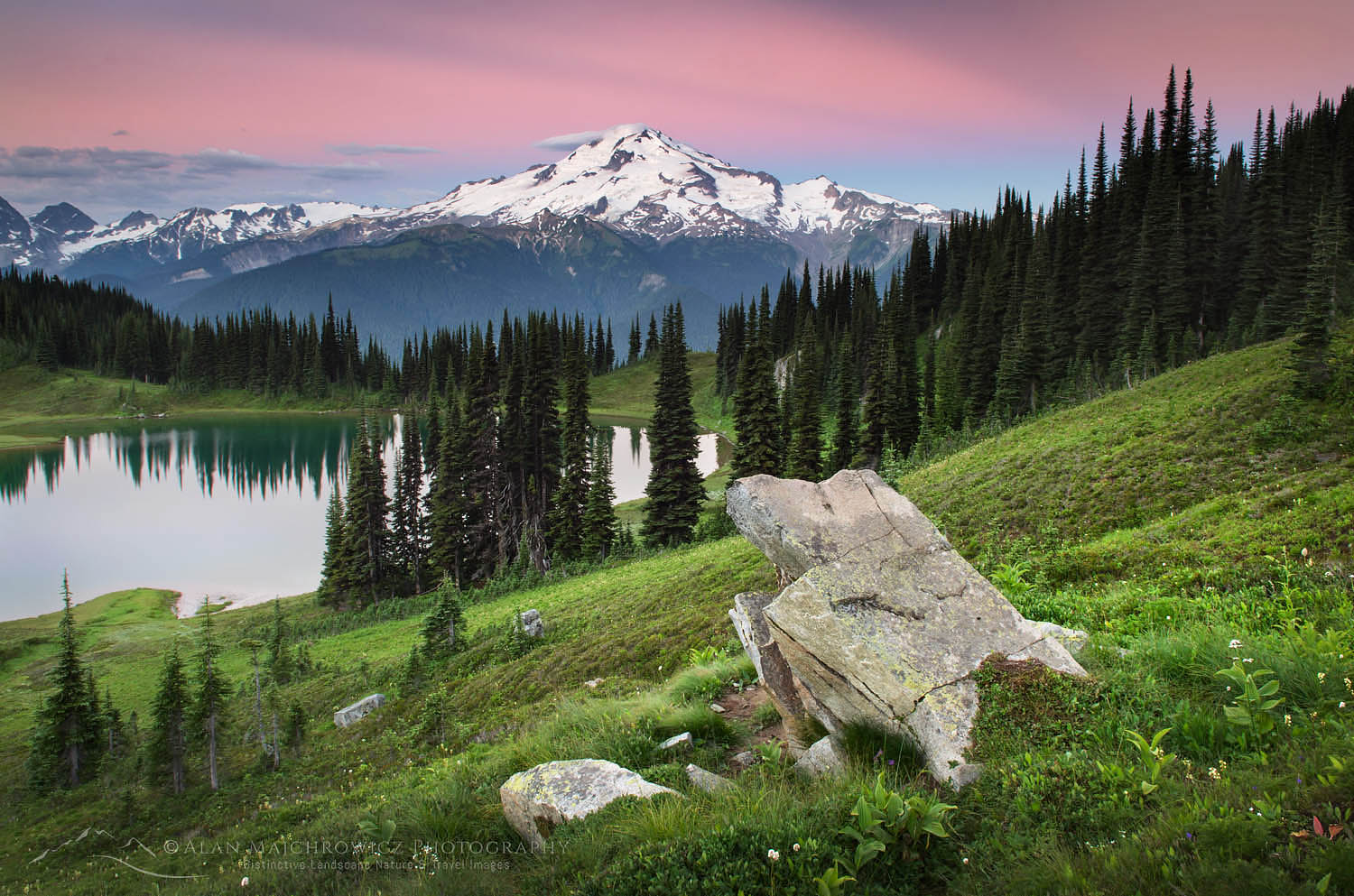

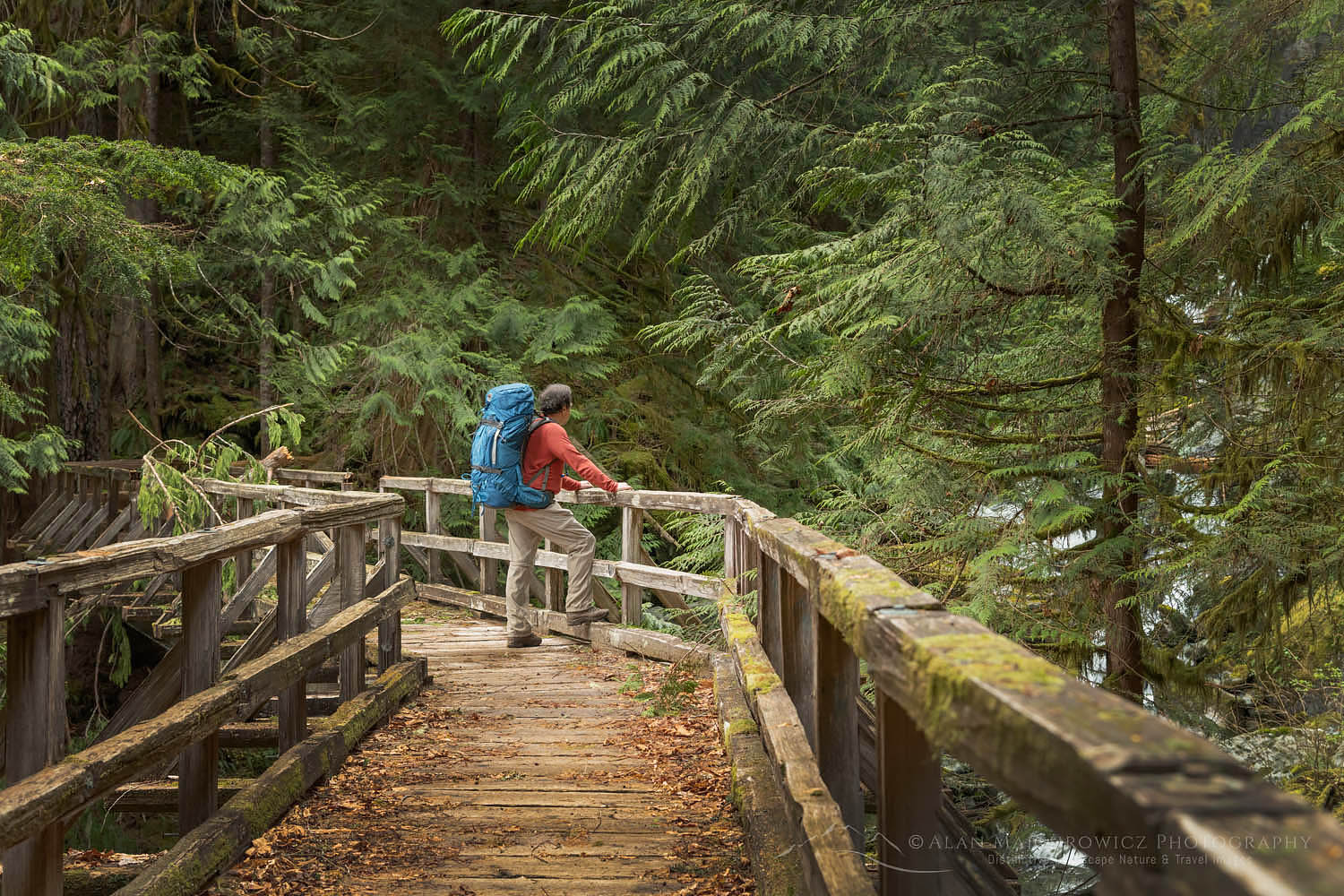


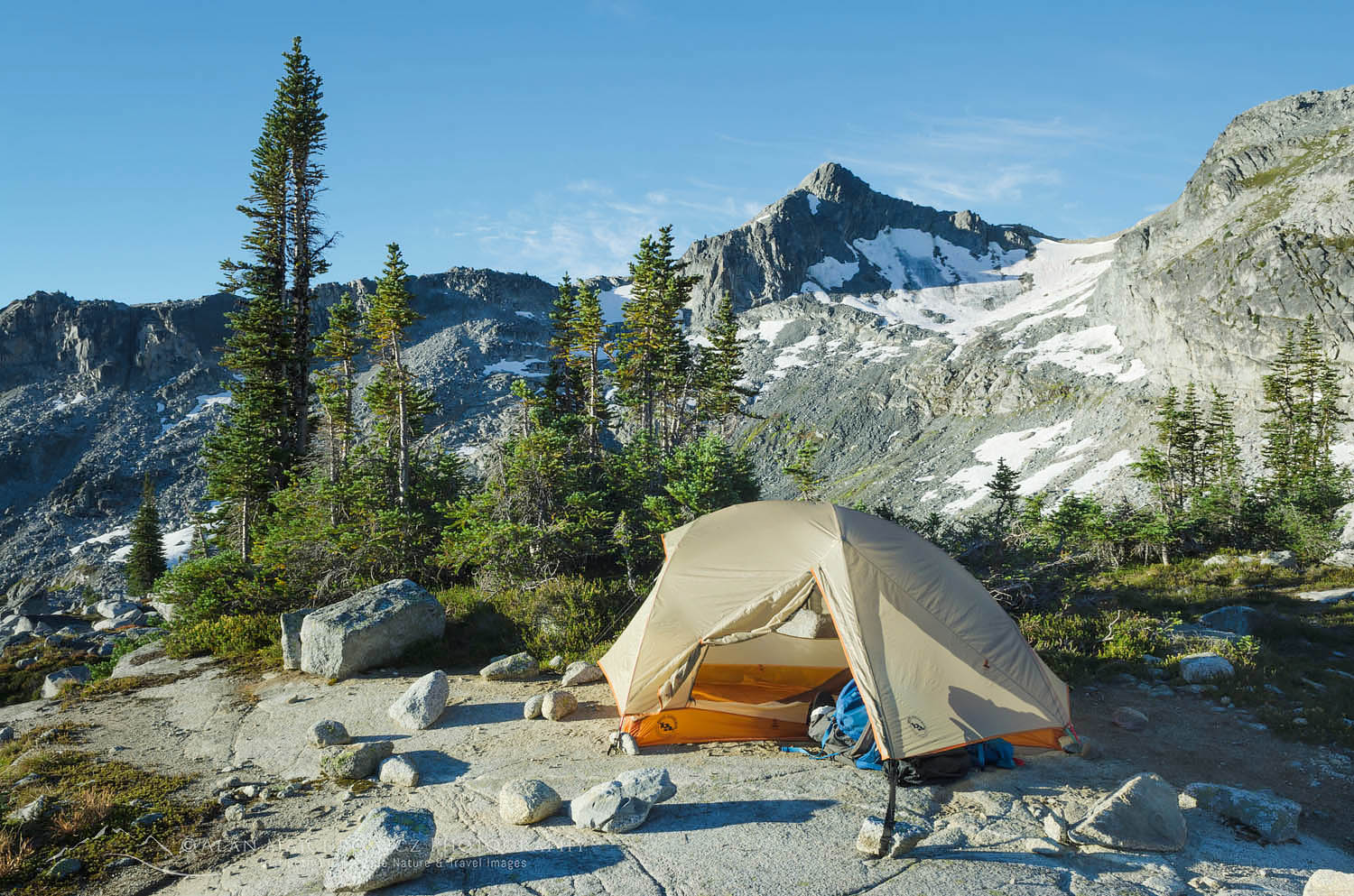
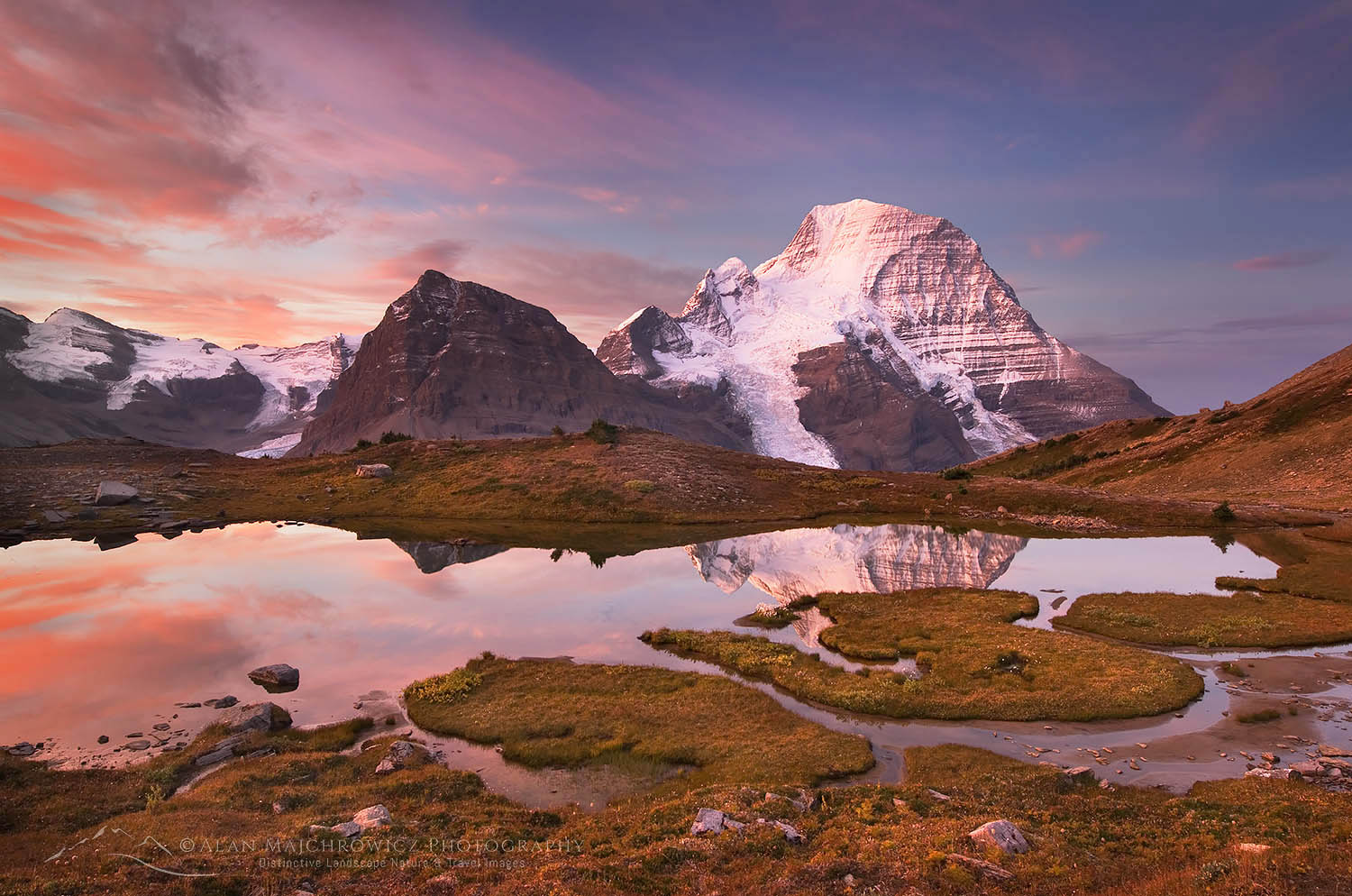



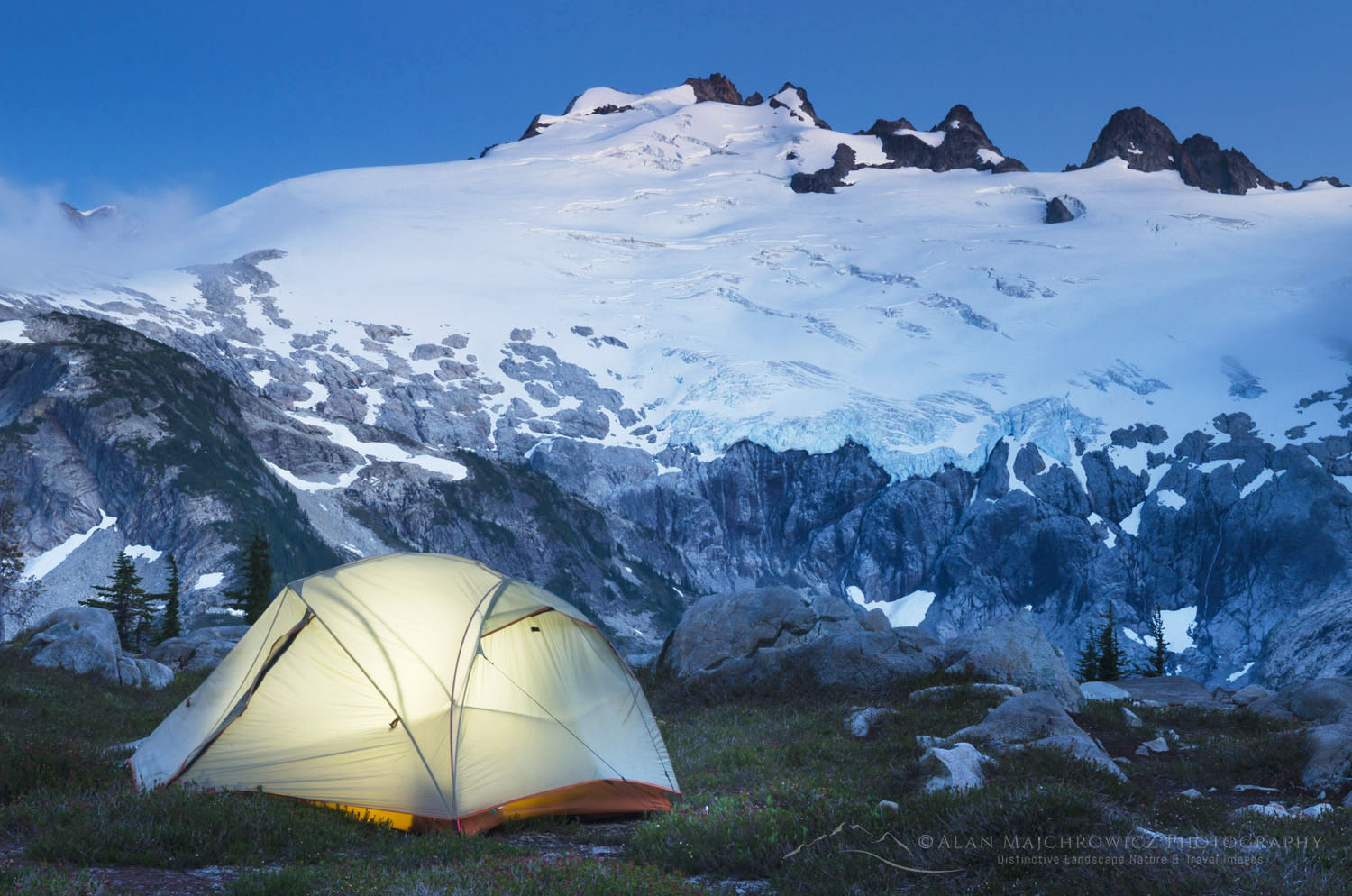

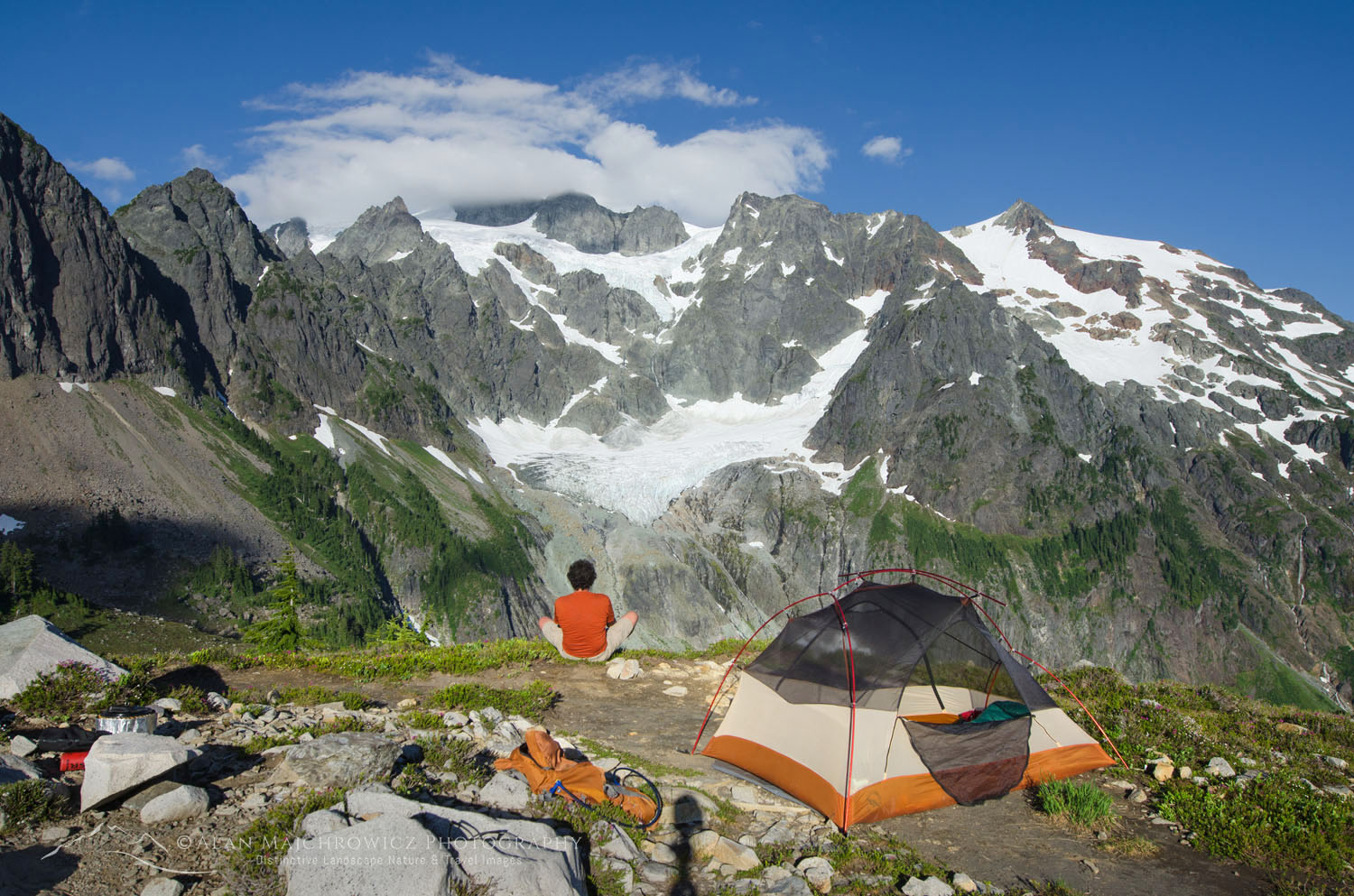

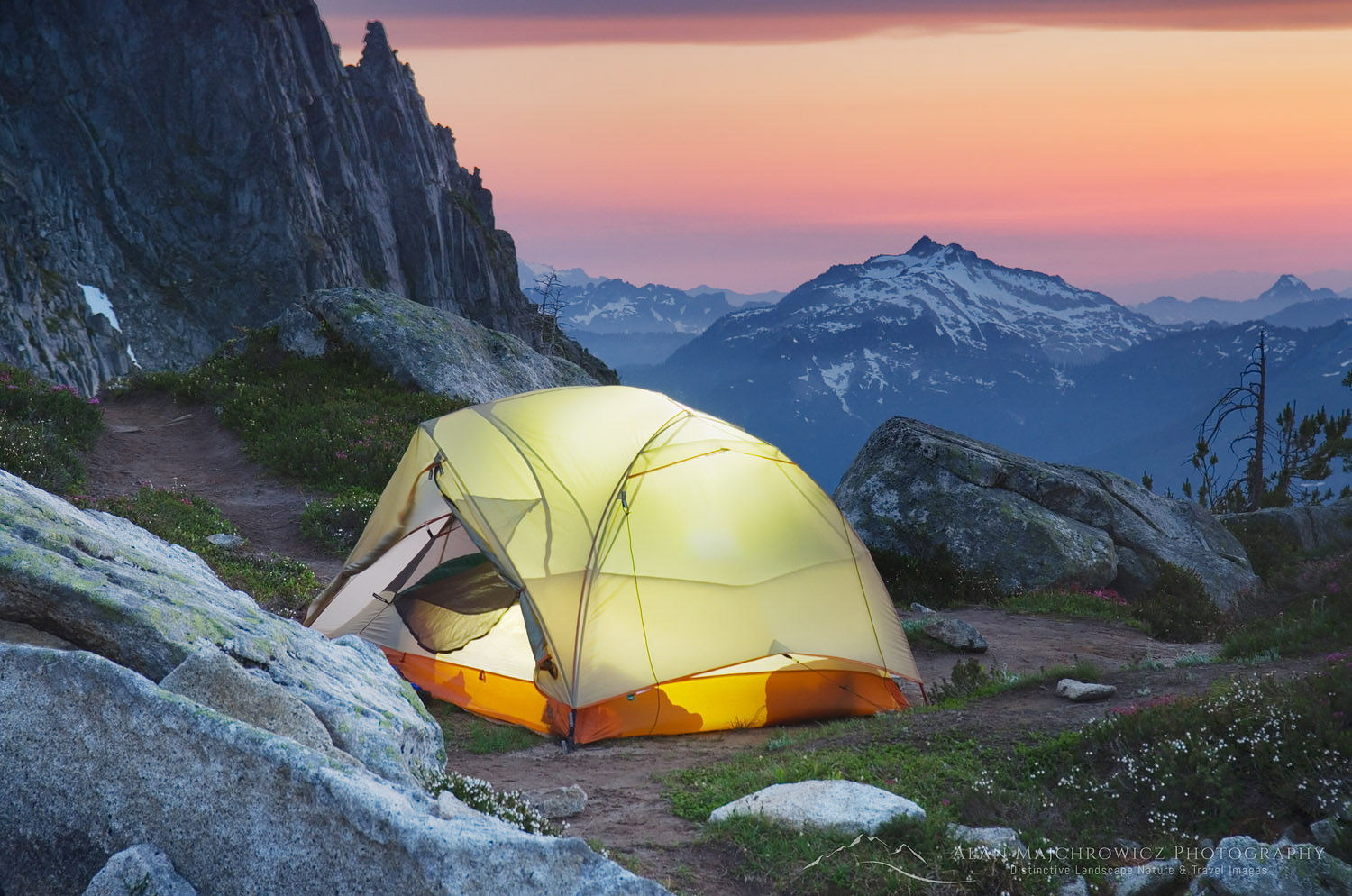

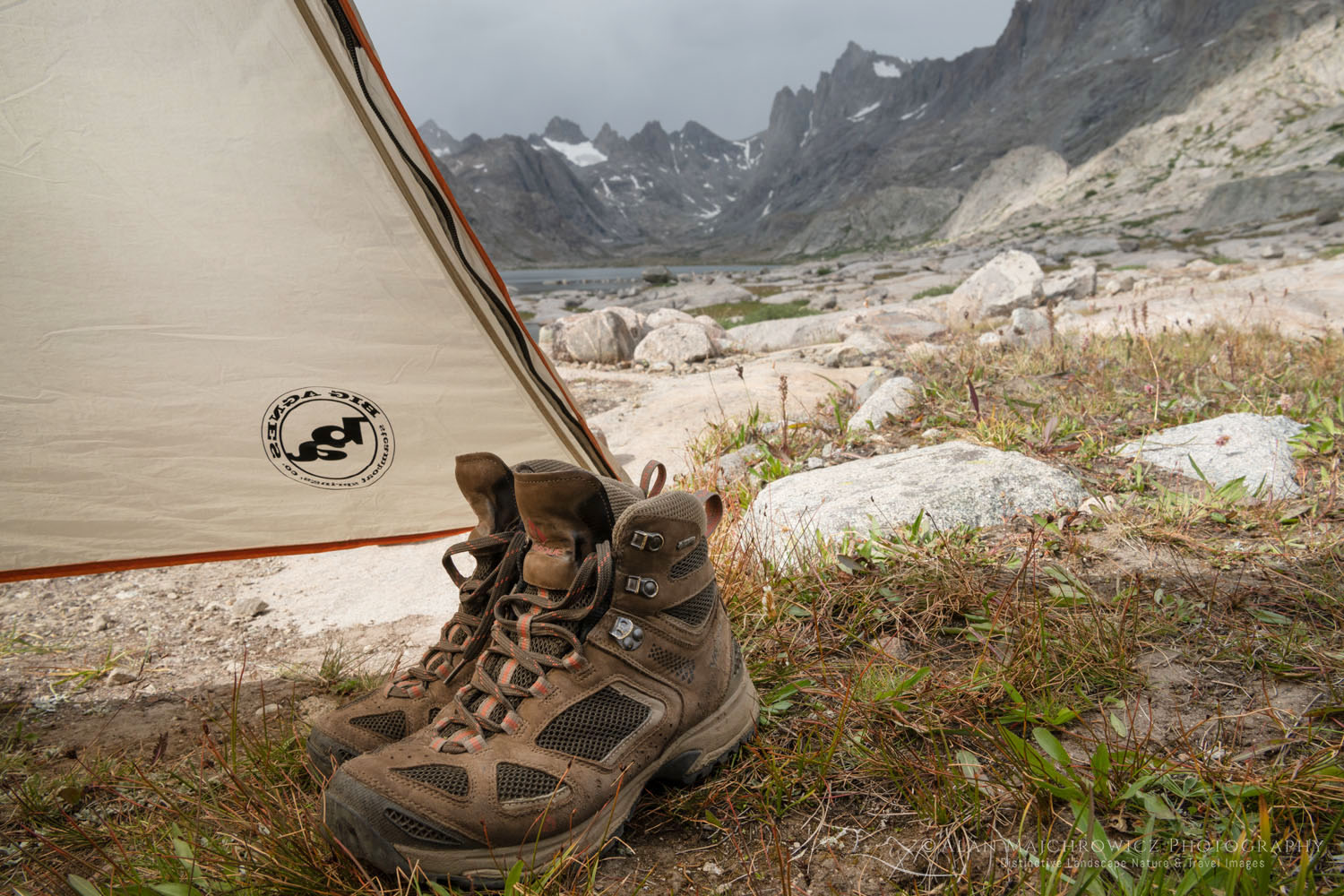






 Antelope Flats Wildflowers Grand Teton National Park #52085
Antelope Flats Wildflowers Grand Teton National Park #52085 








